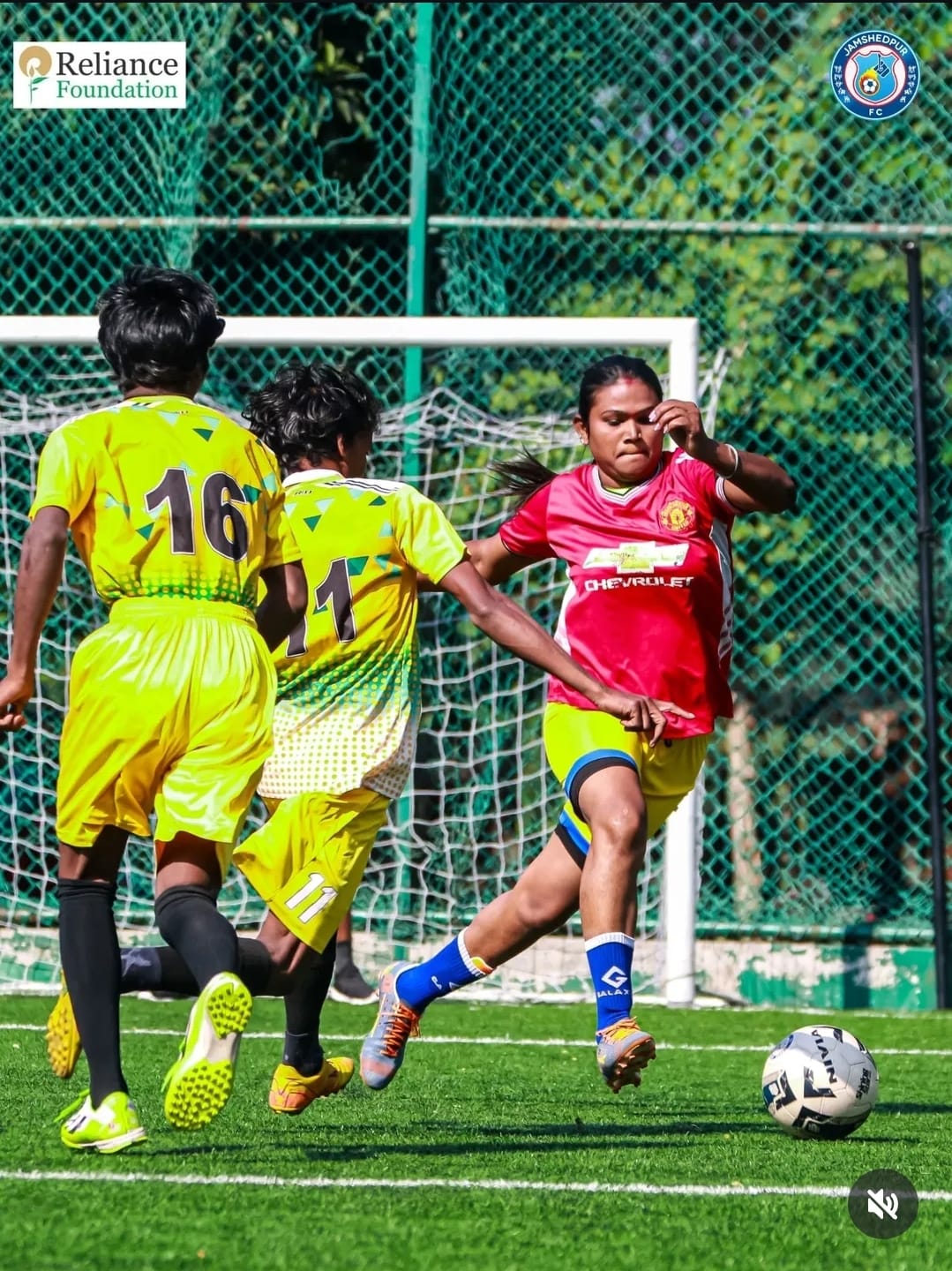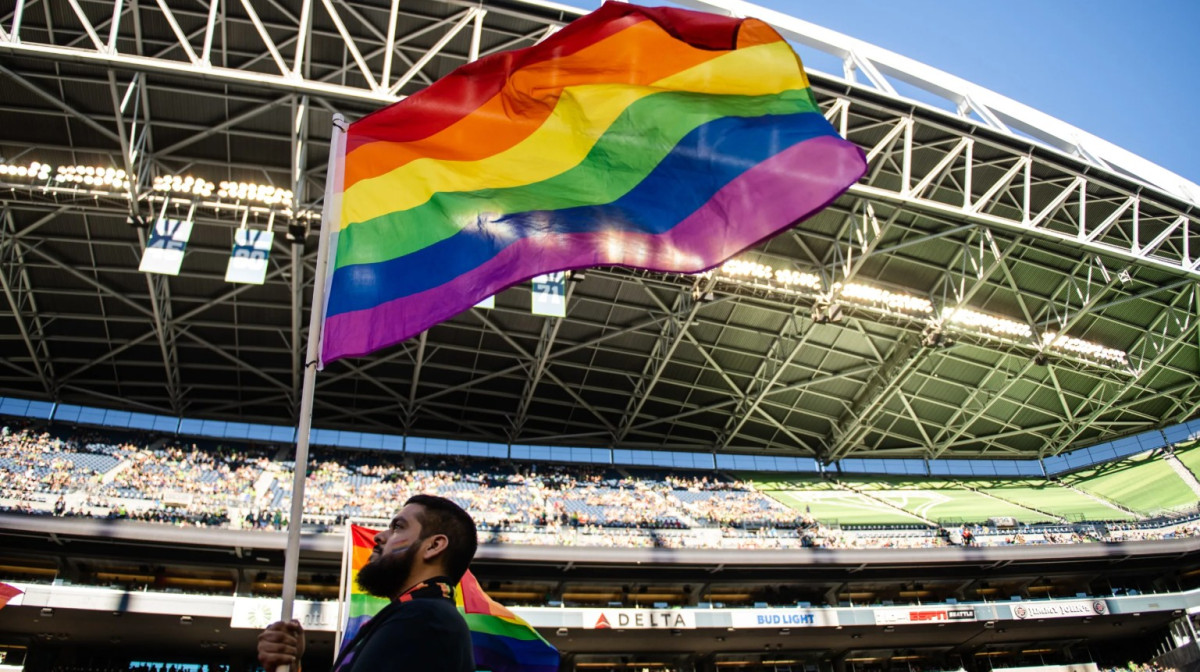New research from Paris-based Les Degommeuses, a women's football team and rights group, has highlighted the lack of visibility of women's football in the French media.
Headline findings from the study, conducted during September, show that among 1,327 news pages in French print media dedicated to football only 2.1% were about women's football, a total of 28 pages.
The study is is being presented today (19 October) in Paris as part of the #FootballPeople weeks, as a quantitative and qualitative analysis of 10 French print outlets between 2 and 25 September 2017.
The outlets analysed include the sports newspapers L’Equipe (daily distribution), France Football (weekly) and So Foot (monthly) and the daily regional newspapers Le Parisien, Le Progres, La Provence, Midi-Libre, Sud-Ouest, Ouest-France and La Voix du Nord.
On the content of news articles the researchers note that womens football is often used to promote and write about men and mens football, but there is a general lack of knowledge on how to write about and address women's teams.
The researchers also note that womens football is often described using sexist language, drawing on stereotypes and using inappropriate language.
The study is the first of its kind in France and aims to highlight the importance of the media in giving visibility to help develop womens sport.
Veronica Noseda of Les Degommeuses, who are active Fare members, said, “We produced this study to make visible what is not visible enough - women’s football - and then to quantify and qualify this underrepresentation.
“Our aim is to work with the media and the football industry to change how womens football is perceived and valued, and can therefore grow”.
Within five years...
In 2014 L’Equipe wrote, “within five years women's football will be one of the sports of most importance to the media”, after a Repucom study involving 1,500 representatives of the football industry, including Football Associations, sponsors and sporting events organisers was launched ahead of the Futur du Sport conference.
But studies from across the globe show this growth in editorial focus is not being realised.
In December 2016, a report by the Andalusian Audiovisual Council, the regulatory body for TV and radio in Southern Spain, revealed that the coverage of women's sport across Spanish TV news is less than 10% of the total amount of sports news.
Football was the most reported sport, representing 67% of all sports news, but only 2% were reports about women's football.
The Spanish report also presented findings on the participation of female sports journalists, coaches, athletes, fans, referees and others as commentators, pundits and experts. Out of 4.390 contributions noted in sports news stories, only 173 were from women, 4% of the total.
‘We need to change mentalities’
French professional football coach and Clermont Foot manager, Corinne Diacre, told Europe 1 last year: “Women’s sport suffers from this lack of media coverage.
“But if we want womens sport to stop being anonymous, we need to change mentalities.
“The more we see women's sports on television, the more people will be encouraged to go to the stadiums and watch as much women's sport as they watch mens”.
Glass ceilings
The lack of parity between men and women in football goes beyond media coverage.
In 2014 Fare published a report on “The Glass Ceilings in European Football” looking into the levels of representation of visible ethnic minorities and women in leadership positions in European football.
The study found no women coaching in men’s elite football or national teams in countries including England, Germany, Spain, France, Italy, Belgium and the Netherlands, and only 8% of female coaches managing women’s national teams.
Fare data also showed that only 3.6% of all presidents, vice-presidents and executive committee members at elite level clubs, national leagues, national federations and UEFA are women.





